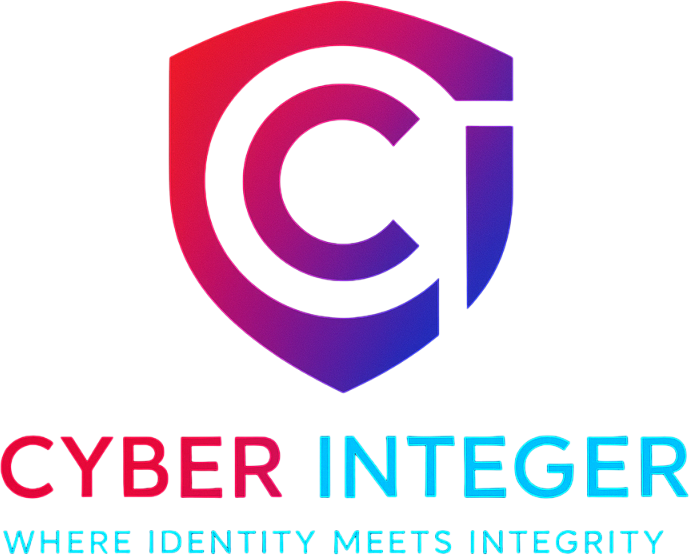Insights from the Frontlines of Identity Security
In an era where identity is the new perimeter, identity security is the frontline of every organization’s cyber defense strategy. At Cyber Integer, we’ve worked closely with enterprises, critical infrastructure providers, and cloud-first startups — and one thing is clear: the stakes have never been higher, and the tactics have never been more dynamic.This blog explores key insights, trends, and real-world lessons we’ve gathered directly from the trenches — where identity meets threat, and strategy meets execution. Identity Security More Than Just Login Protection Identity Security is no longer about just usernames and passwords. It’s about Understanding who is accessing what Ensuring the right people have the right access at the right time Preventing unauthorized movement inside your systems Detecting misuse — fast Attackers Don’t Hack In — They Log In The majority of breaches we’ve responded to began with compromised credentials, not brute-force hacks. Phishing, credential stuffing, and session hijacking continue to be high-success, low-cost attack methods.The majority of breaches we’ve responded to began with compromised credentials, not brute-force hacks. Phishing, credential stuffing, and session hijacking continue to be high-success, low-cost attack methods. Privilege Creep Is a Silent Risk Over time, users accumulate access they no longer need — a phenomenon known as privilege creep. In our audits, nearly 40% of users had more access than necessary, often due to job changes or manual provisioning.Insight: Least privilege isn’t a checkbox — it’s a discipline. Implementing Just-In-Time (JIT) access and regular entitlement reviews drastically reduces your attack surface.





